“For me, folk music is the songs and melodies, not the instruments”: Singer-songwriter Joshua Burnell on prog-rock, folk and the quest for traditional songs
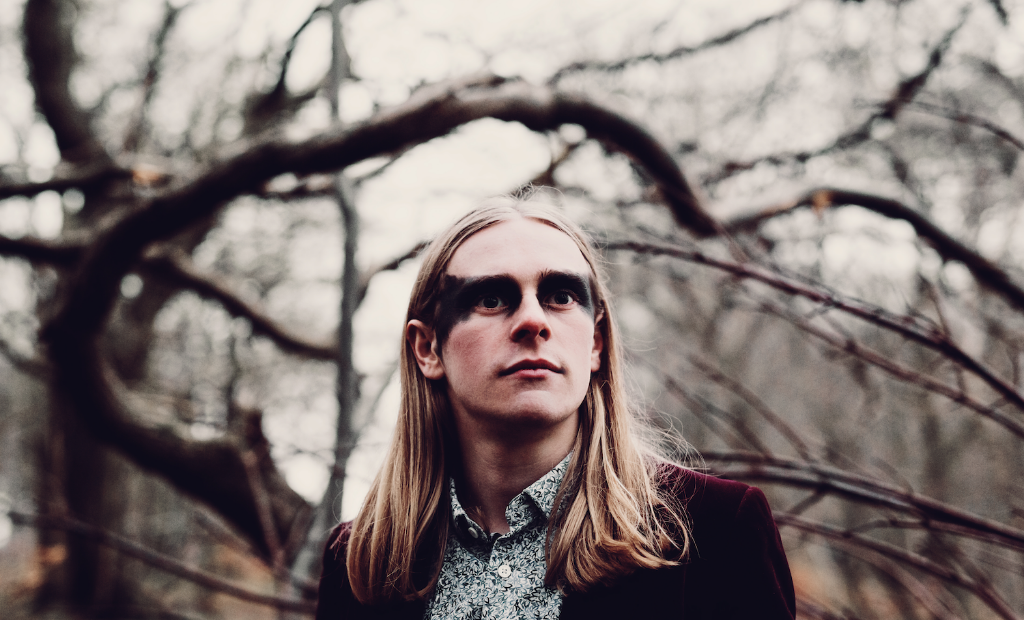
Joshua Burnell is a songwriter and multi-instrumentalist based in York. He has recorded and released three albums, had songs played on The Folk Show and BBC Radio 6, and is fast becoming a favourite with festival audiences. With influences like Steeleye Span, Martin Carthy, Yes and Led Zeppelin, Burnell’s music ranges from more traditional folk arrangements to rousing high-energy prog-rock tracks that get audiences on their feet at his live shows. He released his first collection of original songs in 2016 on Into the Green and in 2017 recorded and released a folk song every week for a year, with 14 of these becoming Songs from the Seasons, an album that shows his aptitude for working with traditional material and collaborative approach to music-making.
The 26-year-old’s latest release, The Road to Horn Fair, is a joyfully rocked-up 10-track record that displays his love of storytelling – and sense of humour. Currently on tour with his six-piece band, Burnell will launch the album in London at Cecil Sharp House before going on to play at a number of festivals this summer including Ely Folk Festival, the Acoustic Festival of Britain and the brand new Forgotten Lands Festival hosted by Maddy Prior.
We caught up with the very erudite and engaging singer-songwriter, who talked us through his influences and inspirations, selecting traditional songs to work with, how the artwork affects the listening experience and the first album he ever wrote.
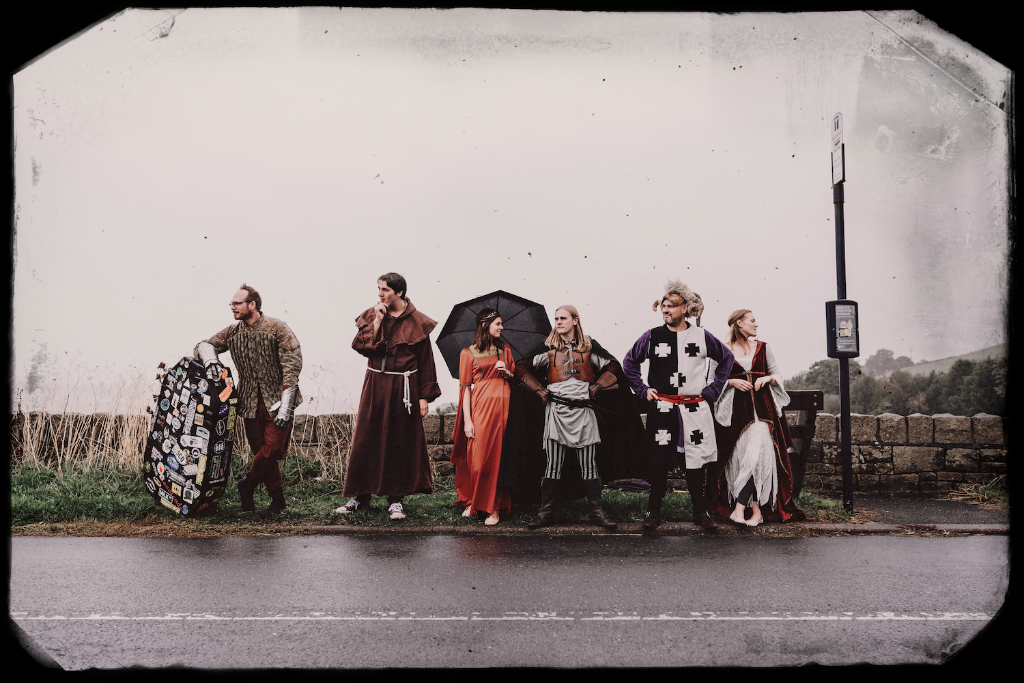
Are we going through a folk revival?
To put it simply, yes. However, I think this is part of every specialist genre going through a revival. Changes in technology have made it easier than ever for anyone to record and release their music globally, which means almost every style of music imaginable is being picked up by musicians of all levels and being explored and reinvented. It is a very exciting time to live through!
However, to compare with the big folk revivals of the late 1800s and 1950s/60s, from what I understand, our current folk “revival” is not on the same scale. With the likes of Bob Dylan, one of the biggest acts on planet Earth during the 60s, playing his own versions of traditional English ballads and thousands of young people pouring into folk clubs because it was the “in” thing to do, folk music was undoubtedly mainstream. Some mainstream acts of today might use a banjo every so often, but you could hardly say the bestselling music of today is folk music. But as long as there’s a healthy community enjoying folk music, what more could you want?
Which bands or artists have inspired you the most?
I think the likes of Queen, Led Zep and Bowie are responsible for making me want to play music in the first place; Steeleye Span are responsible for inspiring me to play trad music and Genesis, Yes, Deep Purple, Jethro Tull and such other progsters have shown me what I want to do with folk music.
I more or less discovered prog music at the same time as folk and they aren’t two genres that have often been combined. What I’ve tried to do in some cases is create prog-rock arrangements, which just so happen to be melodies and lyrics plucked from traditional sources. Not folk arrangements with a twist. For me, folk music is the songs and melodies, not the instruments. Songs can be arranged in an almost infinite number of ways. So I took the raw trad source material and applied it to the kind of musical styling I was really into at the time, which happened to be progressive rock à la 1971. I like the idea that someone could hear a song and have no idea it is anything to do with folk at all until they discover it was written 500 years ago. If I could achieve that, I’d be very happy.
I am constantly getting into different styles, though. I’m really passionate about some of that super trad stuff, like Martin Carthy and Anne Briggs, but I’m also getting back into arty stuff like Velvet Underground, Nick Cave, Wintergaten, Philip Glass and the list goes on. I’m also really enjoying contemporary soundtrack music and I’m keen to see how this could be applied to traditional music too.
Folk music is all about great storytelling. Do you think that’s why traditional songs – and tunes – endure, because the stories are so remarkable but they are also adaptable and relatable?
Yes, there are many remarkable stories. I find the most remarkable stories to be the ones that you hear and then when you watch the news, you hear about something almost identical happening in the world right now, only with fewer milk-white steeds and grey mares. It’s a reminder that many of these old ballads come from ordinary people telling each other the news. A bit like your Facebook feed, but swap out the videos of cats for lengthy descriptions of mornings in spring. The songs also serve to remind us that, although so much has changed so quickly over the years (for the most part, for the better), there are many aspects of human nature that have stayed exactly the same. It makes us feel human and part of something that has endured and will endure for far longer than any of us will.
Culture also has a big role to play in keeping the songs alive. In some countries, especially Scotland and Ireland, traditional music is so ingrained into the culture and education systems that it is not only loved by thousands of people, but it is part of their identities. If you sing a certain song throughout your upbringing, singing that song will make you feel like you. Knowing that everyone you love in your community shares the same thing in common with you has to be a pretty powerful thing, too.
I think one of the biggest reasons so many traditional songs and ballads have survived – especially English material – is thanks to the work of folk song collectors, such as Cecil Sharp, Vaughan Williams and Francis J Child. As much of folk music was passed down orally, it was forever being changed and adapted or forgotten. In the late 19th century there was a real fad for middle-class scholars venturing into the countryside, clad in tweed, with notepad and manuscript paper under one arm to quest for traditional songs. It was like Pokémon Go™, but with folk songs. Whatever floats your boat.
There are hilarious accounts of disgruntled “commoners” making up silly lyrics off the cuff, just to spite the scholars for trying to collect their heritage like they were butterflies or stamps. The work of folk song collectors has also faced a good deal of criticism for essentially fabricating English culture for nationalistic purposes (hence terms such as “The Imagined Village“). However, the fact remains that a good deal of the ballads we know and love to this day would not be here without their work.
How do you choose a traditional folk song and make it new or relevant for an audience, while still preserving it in some way?
I tend to choose a song if I’ve been hooked by the melody. Music first, lyrics second. If I come across some particularly stunning lyrics and the tune isn’t up to much, I’ll search around for an old tune that fits or just write a new one.
More often than not, I’ll leave the lyrics as they are. I often cut the 500 verses you don’t really need, and sometimes tweak a line here or there to help it flow better. Two Magicians, however, was almost entirely re-written. I used the same format to inspire a new set of lyrics that gave justice to a character who’s been having a hard time for however many centuries the song’s been around. She’s pretty kickass now.
I also love taking translations of Scandinavian lyrics and fitting them to British trad melodies that I like. I’m going to be honest and say that this is mainly because Scandinavian folk songs are often about dragons and elves.
In terms of arrangements, I’ll often have a bucket list of songs I want to do trad material in the style of. For example, I knew I wanted to do a song in the style of Yes, hence Reynardine and The Banshee Set; and Plane Tree & Tenpenny Bit came from wanting to do a tune with some Genesis-esque Hammond organ. The choral version of Scarborough Fair is drenched in the elven choirs of Howard Shore’s LOTR soundtrack, plus Erik Whitacre’s Sleep (which is one of the most beautiful sounds humans have ever made); whereas Raggle Taggle Gypsies is imagining what would’ve happened if an English folk song got stuck in Jon Lord’s Leslie speaker.
The songs on Into the Green are all original, yet it is an album of two halves; the first is a collection of folk songs and the second is a seven-part fantasy adventure about a shepherd who loses his sheep. What inspired that?
The story of Into the Green really goes back to Valénor, which was a band project with my elder brother, Ben and friend Nathan Greaves. Valénor included some of the first songs I ever wrote. It’s an album of majestic, classical-infused elven prog-rock. Niche is the word. Next, I wanted to do a Valénor “folk album”. It was supposed to be a continuation of the fantasy themes and prog-rock arrangements, but utilising acoustic instrumentation. With Ben in France and everyone off to uni, Valénor fell by the wayside, but I still wrote music with the same concept in mind and Into the Green happened.
Alongside this material, I ended up with a handful of other songs that were the result of me buying my first acoustic guitar, so naturally they ended up sounding quite “folky”. Fair as the Heather is the only one on there that sounds like a trad piece and I think that’s because I liked the idea of rocking up to one of the acoustic jam sessions in town, playing this song and people thinking it actually was traditional. Forest Wanderer was plucked from another foresty concept album intended for Valénor. The song was meant to conjure the same kind of atmosphere as Carpet Crawlers by Genesis, but ended up like a fantasy Pink Floyd mashup. They were two different albums, really, but represented all the different directions I was trying out at the time.
In 2017 you recorded a different folk song or tune for every week of the year, releasing the tracks for free on YouTube before compiling 14 of them into an album, Songs from the Seasons. It seems you don’t shy away from an ambitious project. How did creating those 52 tracks develop and change your process in the studio?
I think those 52 tracks were an opportunity to learn more about trad folk music. When you do an album, you have to tell people what genre you are. Even if you don’t snugly fit into one or hate the very idea of compartmentalising yourself, it’s something you have to do. For argument’s sake, Into the Green was a “folk” album, which threw up that dilemma of what exactly folk music is. I’m a big believer that if you’re going to spend so much time and effort playing music, you need to know exactly why you’re doing it. So I thought, “if I’m going to say I’m a folk singer, I need to do some actual folk music!”. It meant I listened to a huge range of artists, to not only find material but also to research how things had been arranged in the past – I wanted to avoid reinventing the wheel.
In terms of the studio process, this was the first album I’d recorded properly by myself. I bought a Neumann TLM 103, downloaded ProTools and set about muddling my way through four albums at break-neck speed. The Seasons Project is not just a record of my interpretations of traditional material, it’s a record of learning how to arrange, re-write, produce and record. Due to time constraints I had to be creative with what I had. The only thing I didn’t record was drums. I don’t think our neighbours would have appreciated it (I still fear the tin whistle was what made them move out) and recording drums requires that bit more technical expertise. We went to Middlesbrough College where Nathan studied sound engineering, and he handled the technical side of the drum recording. He’s very clever like that.
The other thing the Seasons Project enabled me to do was continue to experiment with different styles to find what works and what doesn’t. I think the sound of my next albums will be quite different because there’s so much I was able to get out of my system with the Seasons Project.
Do you prefer the studio or the stage?
For that precious hour or so on stage, it can be absolute magic. You know that cliché of when you’re a kid singing into your mirror pretending you’re on stage, practising all your favourite moves? It’s like you finally get to do that in real life, it’s great.
On the flip side, the incredible thing about being in the studio is that you get to paint on a blank canvas and keep tweaking and crafting until you realise your vision. There’s also loads you can do in the studio that would be impossible to do live.
For both live and studio, it’s very much a tip of the iceberg situation; a colossal amount of background work is required. For me, the work involved in creating albums is much more enjoyable and rewarding. When growing up, I got into music through listening to albums and that’s really stuck with me. Playing live is unique and loads of fun, but making albums is what keeps me going.
The Road to Horn Fair was recorded between Into the Green and the Seasons project, but Songs from the Seasons seems to act as a bridge between those two albums with its mix of ballads, instrumentals and folk rock. What have you learnt during each project and how has the music changed and progressed since that first release?
I’ve learned an awful lot! First, I’d say I’ve learned that less can be more with some arrangements. I do love recordings that are so layered up you can listen to them over and over again and hear something new each time. I also love the idea of blasting out so much sound that you get overwhelmed at the grandeur of it – an idea I think I picked up from musical theatre. With some of mine, there’s half an orchestra and the kitchen sink thrown in for good measure. But sometimes I find that a single, well-recorded instrument can be just as powerful. At times, layering up a song is better; sometimes it isn’t. It’s all about getting to know the song really well and trying it out in different ways to see what works best. I’m looking forward to working on an album that has a balance of both approaches.
I’ve also learned not to rush. I didn’t have much choice when doing a song every week, but I’ve done that now and it was great, and now I can afford to take my time over material to produce something even better.
With each of your albums, there has been an emphasis on the physical product itself and not just the music, with beautiful artwork, notes and a feminist comment or two that give the listener a flavour of some of the research you have done on the songs. Why do you think these aspects are so important?
I think high-quality artwork shows that you care. If every aspect of your work, including the packaging, is of a high standard, it shows that you have taken care and consideration over the whole thing.
I’m also a strong believer that album artwork affects your listening experience, whether you realise it or not. When people listen to an album, they have the art associated with that music in their head – or I do, at least! As you listen, you build images and connections inside your head and the artwork often sparks this off. To me, it leads to a richer experience. And if the musical artist has had any input into the art, I’d like to think this means you’re getting a much closer insight into the album than you would do otherwise. I love creating a world through an album, and the artwork – almost equal to the music – is part of giving people a window into that world. That’s why it always jars me when you find those horrible re-releases they used to do with cheap artwork to con fans into thinking it’s a new album. It’s like hiding an apple in orange peel.
On the point about products being physical, I think being able to hold a beautiful object gives the record permanence. Everything digital seems to be swept away in the tide of unlimited online content. If a team of writers, musicians, producers and artists spend months of their lives and thousands of pounds to create something that gets washed away and forgotten in a week, I wouldn’t blame them for not bothering to record music any more.
Do you think with streaming and music being available digitally that the way we listen to music – and whole albums specifically – has changed dramatically? As a musician, do you see this as a challenge?
I think it has undoubtedly changed for younger generations. Many people favour individual tracks over albums. Personally, I have seen an immense amount of support from fans who do order the physical product and buy CDs or vinyl at live shows – I think this is because people like to take something away to remember the experience. I am extremely grateful for this, as it means I’ll be able to make more albums. This will undoubtedly change as time passes, but when change happens you have to adapt. It’s a challenge, but a good one.
I’m really keen to explore physical ways of presenting an album without including a physical copy of the music at all. Perhaps something a bit like a tour programme or a beautifully presented booklet of artwork, lyrics, credits, notes, behind the scenes info and photos, which lets fans delve deeper into the albums they love. This way people can still stream the music without losing the context of the project.
It’s clear that collaboration with other artists and musicians is an important part of your projects. More than 20 musicians took part in Songs from the Seasons and Ted Nasmith, Renaissance’s Annie Haslam and Randy Asplund have designed the artwork for each of your albums. Why and how do you choose the artists you work with and how does their work inspire yours?
I have a document on my computer called “brilliant artists” where I keep track of artists whose work really inspires me or fits with ideas I’m working on. When I was writing Into the Green, I was creating a mental picture of the world of the album and I sought out art that fed into this picture. It was a dream come true when Ted agreed to do it!
Renaissance has been one of my favourite bands since my brother Tim introduced me to their music. When I discovered that Renaissance’s legendary singer, Annie Haslam, is also a painter, I thought it’d be incredible to collaborate with her on something. I love how her work implies landscapes and imagery without showing it literally. This style works really well with the four albums from the Seasons Project since they aren’t about any one concept. The art works with the music in different ways for different people.
When it came to selecting the artist for The Road to Horn Fair, I wanted someone who could do authentic. Randy sources his own authentic vellum, inks and tools, so you can’t get more authentic than that! Never before has a Hammond organ on wheels looked so medieval.
When it comes to the musicians I’ve collaborated with, I just love hearing talented musicians play and having the chance to collaborate with them is a real privilege. I also don’t play every instrument in the world, unfortunately, so need help when it comes to adding those new sounds to the palette.
When you do a song every week by yourself, there is also the risk of descending into babbling insanity fairly quickly, so it was good to have human contact to prevent me from losing all my marbles.
The London launch of The Road to Horn Fair will be at Cecil Sharp House, the home of the English Folk Dance and Song Society (EFDSS), which is dedicated to preserving and promoting English folk arts. How does it feel for you and the band to be playing at such a special venue?
It’s a genuine honour. After immersing myself in the world of traditional English music through the past couple of albums, it means so much to be playing somewhere that is at the epicentre of that world. It feels like I’ve put myself out there and said, “I’m here and I’m really interested in this stuff”, and the EFDSS has listened, taken me seriously and responded by giving us a platform to share our contribution. That means a lot.
The Road to Horn Fair is a brilliantly fun, up-tempo collection of rocked-up traditional songs and tunes. But it’s also an album full of wonderful stories – about evil sisters, gypsies, naughty behaviour and a plucky shepherdess – which must be great fun to perform. Are these the kinds of tracks you love to play live?
They certainly are. Having characters to latch onto when performing gives you something to animate. It’s almost like you get to act out the story. Though it is tricky being trapped with an acoustic guitar, which is something I’m trying to remedy. There are so many emotions and impassioned conversations that these characters have that I really enjoy getting into. It means I have to be creative in spite of the guitar. I’ve discovered you can do a lot with eyebrows. I feel so much more comfortable playing the Hammond, because it means I can free up a hand or two for the sake of the occasional flourish.
Thankfully, fellow singer, and also wife, Frances Sladen is brilliant at performing the songs along with me to get the best out of the characters and the story.
Are there any moments from any of your gigs that stand out?
Not including the odd band member falling over mid-set, one of my favourite moments is playing Sing for the Island. It’s becoming a bit of a favourite among fans and I’m beginning to see that people are starting to sing along. That’s always really encouraging! The best thing about it, though, is that even if it’s an audience who has never heard the song before, they’re always clapping, stamping or, more often than not, dancing along by the end. The Musical Priest, the tune that we play at the end, is always an absolute riot. I can’t help myself from grinning, just because it’s such a blast to be part of it.
Can you share with us any hints about your next project?
I’ll spill some of the beans so long as nobody holds me to it! There are loads of ideas floating around, some of which are more or less finished, others that are at a first stage of demoing and others that are just concepts or snatches of melody. I’ve returned to focusing on my own writing, as there’s a big backlog of songs that has built up. I’ve also been writing loads of new material now that I don’t have an album to worry about finishing.
In terms of style, at the moment it feels like it branches off in so many directions, there’s no way the songs could all fit on an album together! I’m trying to group them into two main projects: a folkier one and a not-so-folky-at-all one. The themes of the songs are much more personal than ever before, but there’s certainly loads of storytelling, edgy characters and world-spinning.
I’d also quite like to do an album that is just solo piano. I’ve been thinking it’d be rewarding to record an album that summarises everything I’ve done so far, released and unreleased, just as instrumentals. That’d be more of a side project though.
However, everything I’ve just said could have gone out of the window by the time the next release actually sees the light of day – that’s the way it goes with creative work! It’s got to be right.
Fred Gaskell
Photo: Elly Lucas
The Road to Horn Fair has its London launch at Cecil Sharp House on 22nd May 2019. For further information and future events visit Joshua Burnell’s website here.

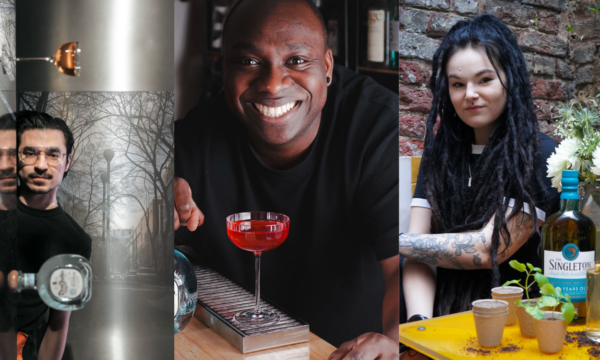
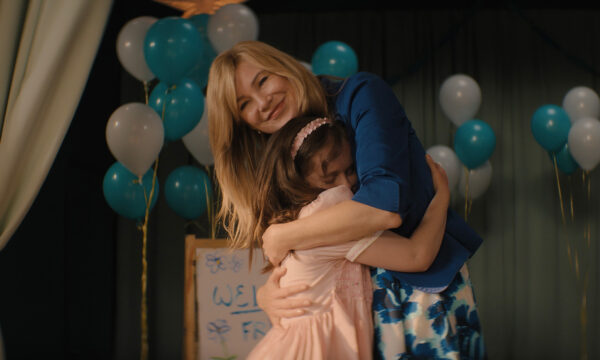
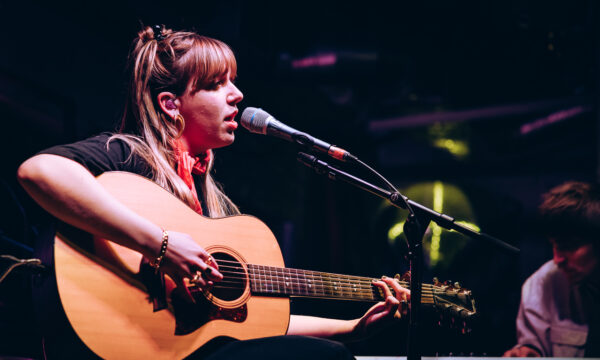
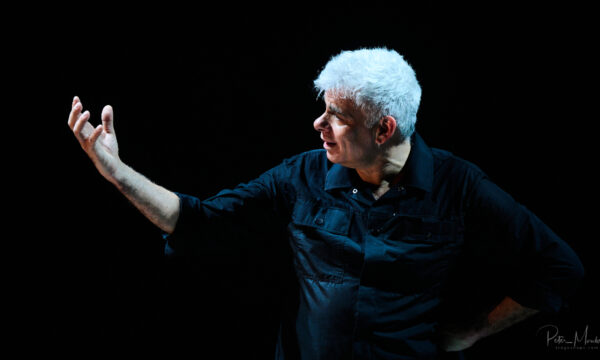
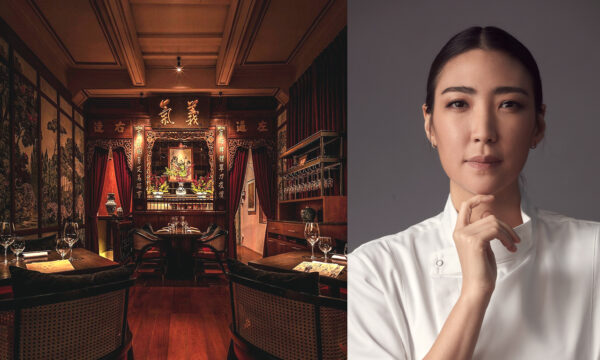
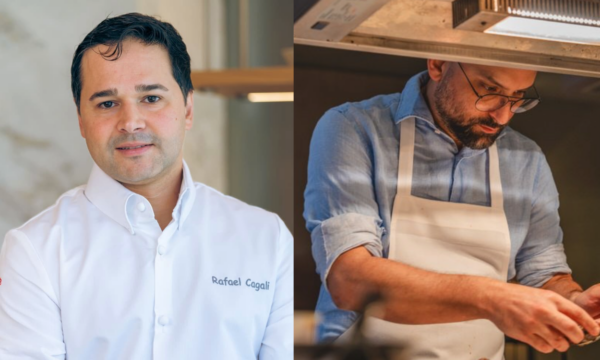
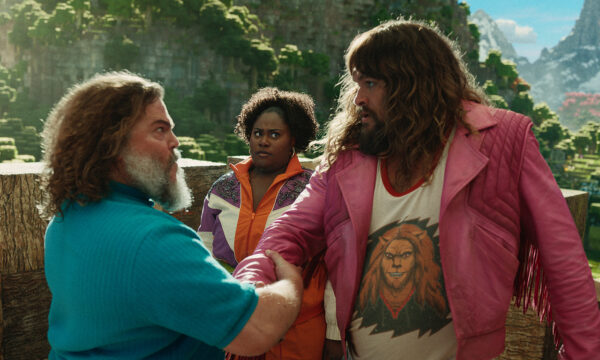

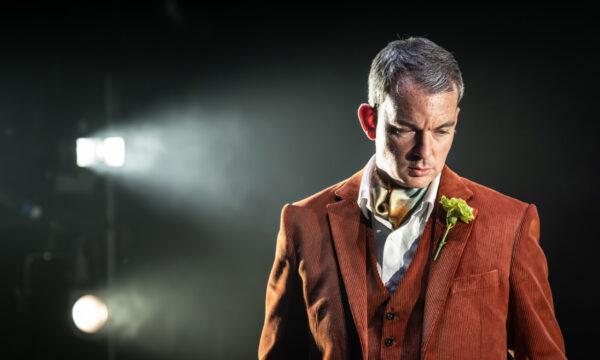








Facebook
Twitter
Instagram
YouTube
RSS